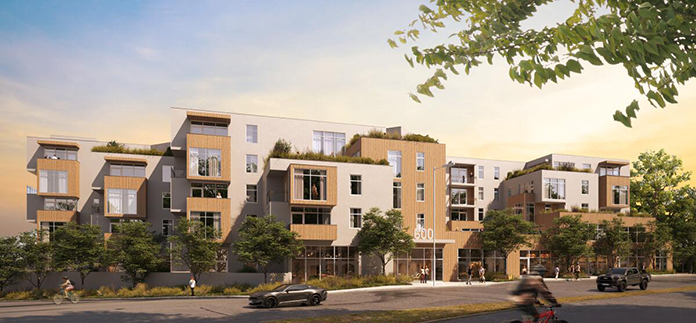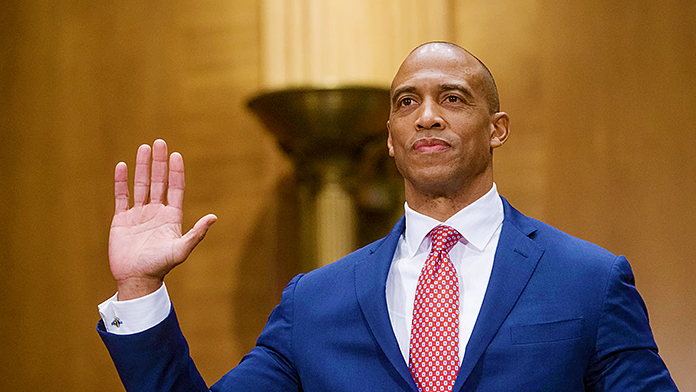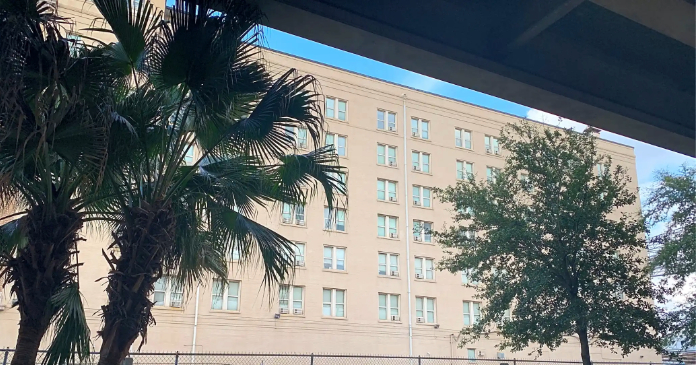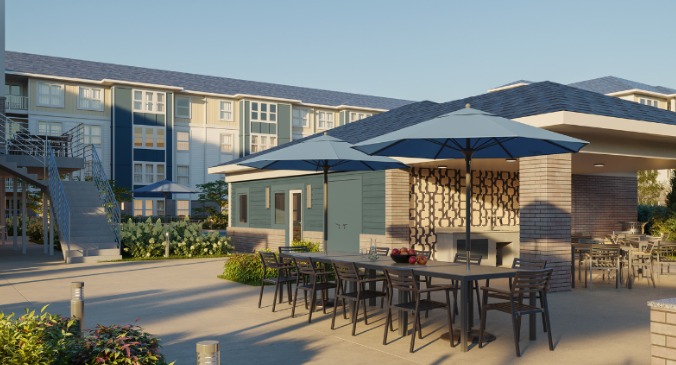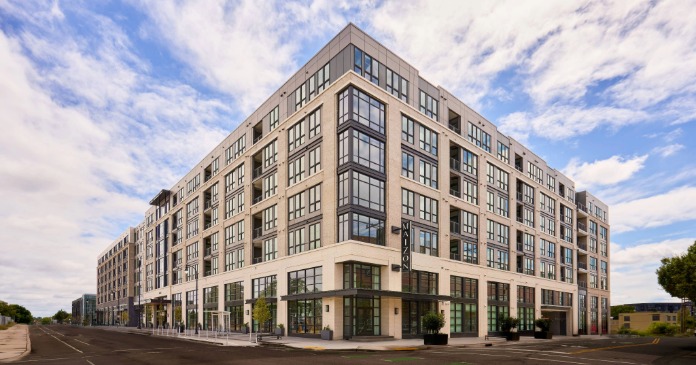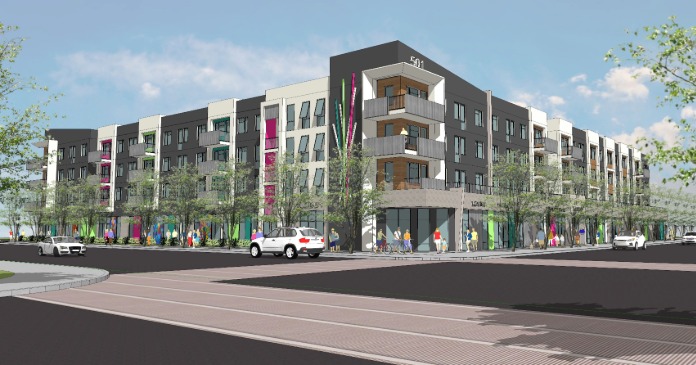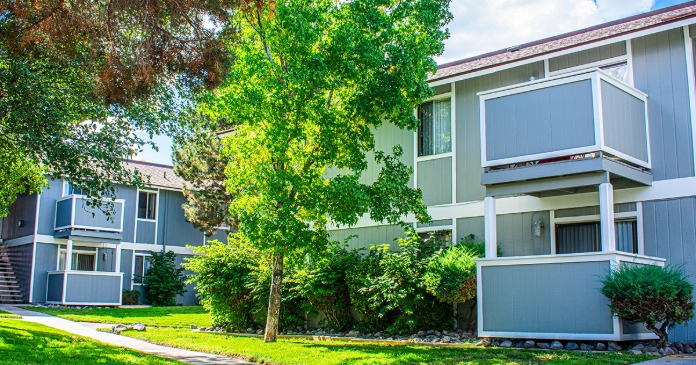Senior housing has been one of the biggest disappointments for commercial real estate investors. Now thanks to millions of aging baby boomers, that may be about to change.
The oldest boomers turn 80 in less than a year. And by 2030, the U.S. population 80 years and older is expected to increase by more than four million people to 18.8 million. History suggests that a growing number of people conclude at that milestone age they can no longer live comfortably or safely at home and seek a senior facility.
Many will find themselves on a wait list. Development of senior housing nearly ground to a halt during the pandemic hasn’t picked up much.
The sector is expected to move from its former glut to a shortage in the next five years. More than 560,000 new units are needed to meet all the demand by 2030, but only 191,000 will be added at current development rates, according to data service NIC MAP.
“We’ve never had a population pyramid that looks like this,” said Arick Morton, chief executive of NIC MAP. “The senior housing industry would need to develop twice as many units as it has ever developed in any single calendar year every year to keep up.”
High interest rates and inflated building costs are leading most senior housing developers to avoid new construction.
“Despite the attractive growth prospects of our industry, most developers have thrown in the towel due to a lack of development economics,” said Shankh Mitra, CEO of Welltower, on an earnings call last year.
Instead, Welltower went on a buying spree. The largest senior housing owner in the U.S. spent $6.2 billion on acquisitions during the first three quarters of 2024, up from the $5.9 billion it spent in all of 2023. Ventas, another large owner, said on an earnings call last year that its “overarching capital allocation priority” is buying existing communities.
Acquisitions look more attractive because senior housing communities today can be purchased for less than what it would cost to build them. Prices are rising but they are still about 20 to 30 percent below what they were in 2019, investors say.
Wall Street likes this strategy, too. Ventas and Welltower outperformed the all equity REIT index by an average 28 percentage points in 2024, according to real estate analytics firm Green Street.
The senior housing sector suffered huge losses during the pandemic. Demand nosedived due to high infection rates, loss of life and social distancing restrictions imposed on residents and their families.
Labor shortages sent costs soaring. Many projects defaulted on their mortgages after interest rates spiked.
Occupancy rates last year finally returned to pre-pandemic levels, and rent growth has resumed. But developers remain unconvinced that the growing senior housing population will produce high enough occupancy and rent gains to justify breaking ground on new projects.
For starters, Green Street said about half of seniors can’t afford private senior housing communities, which generally require residents to pay out-of-pocket and don’t accept third-party reimbursements. Average monthly rents are above $4,100 for independent living units and $6,400 for assisted living units.
Still, baby boomers are the wealthiest generation in the U.S. Many have paid off mortgages on homes that have soared in value. More than 40 percent could afford senior housing from income alone, up more than 10 percentage points from 2017, according to Green Street.
But about 35 percent of seniors who could afford senior housing opt not to use it, Green Street said. They prefer to age at home closer to friends and family, something that is being made increasingly possible by advances in design and technology.
The sector also has a history of gluts. Developers, taking advantage of low interest rates and plentiful capital, overbuilt a decade ago in the hope that baby boomer demand was approaching.
Developers say many of the projects that will break ground will be those that cater to the wealthiest seniors, sparing no expense on luxury design and fine dining, spas and educational programs.




